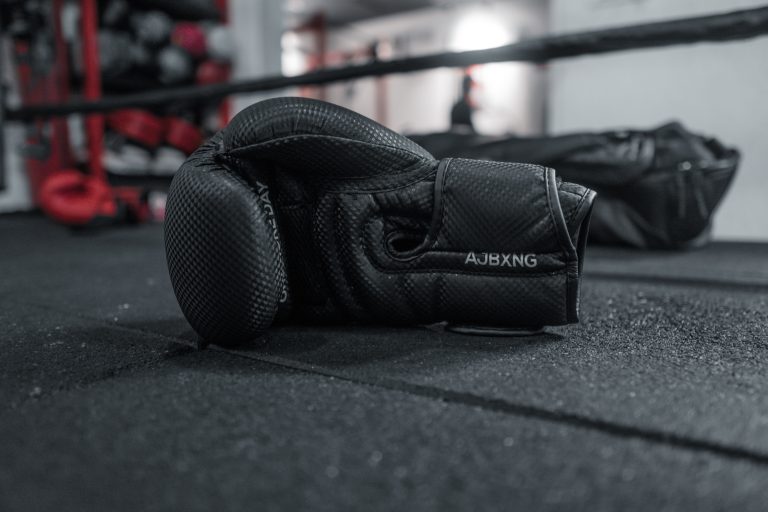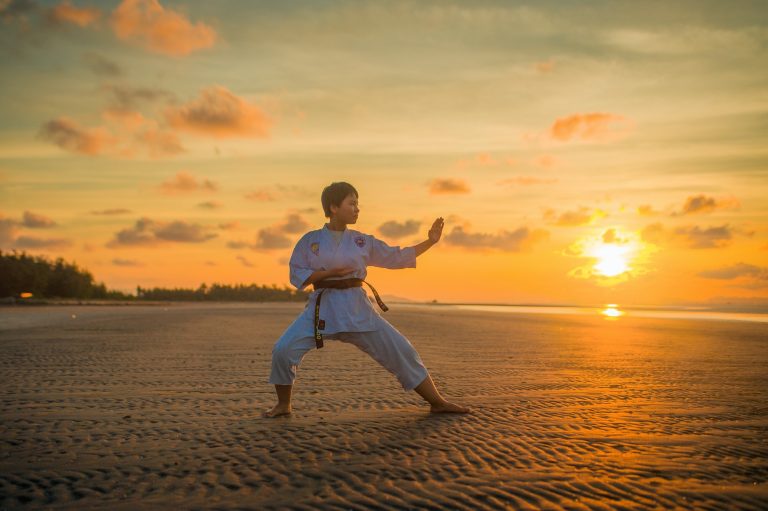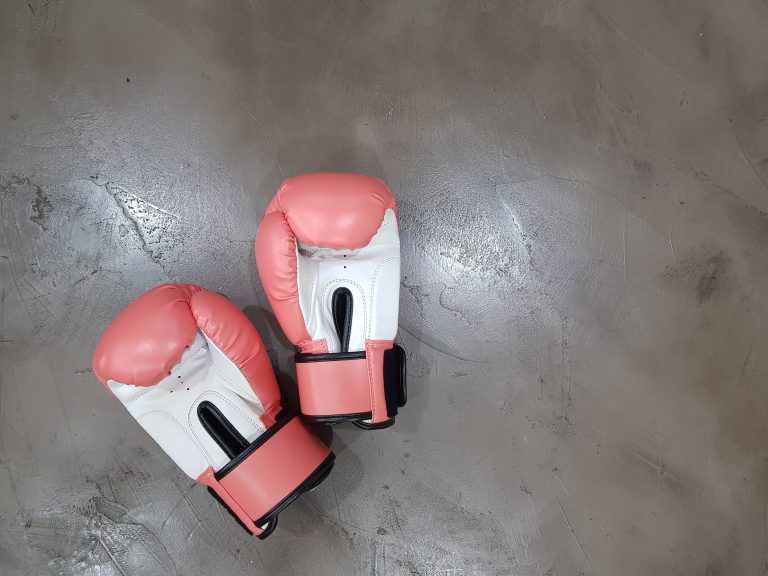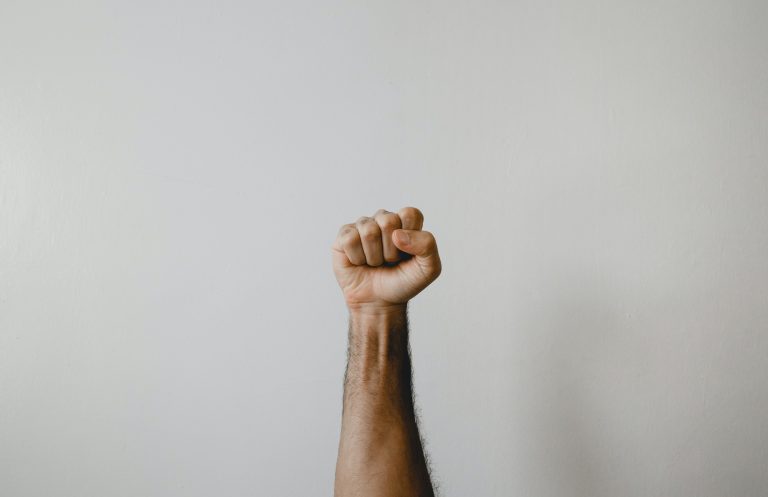How to Practice Karate Alone: Tips and Techniques
Karate is a martial art form that is focused on self-defense and discipline. It involves rigorous physical exercise with an emphasis on coordination, balance, and speed. Practicing karate alone can be tough as you don’t have a partner or a coach to guide you. But if you’re dedicated and persistent, it’s possible to improve your karate skills by practicing alone. In this blog post, we’ll guide you through how to practice karate alone with some tips and techniques to make your time on the mat more productive.
1. Set a Goal
Setting a goal before starting a particular practice session is very important. It gives you direction and helps you achieve something specific. In karate, goals differ depending on experience and level. So, it’s important to understand your level of experience and set practical goals that you can achieve. For instance, if you’re still in the early stages of training, you can focus more on basic techniques such as kicks, blocks, and punches.
2. Choose a Suitable Practice Area
You’ll need a clear, flat, and spacious area to practice karate effectively. Ideally, it should be at least as big as the length of your body. You won’t want anything around you that might obstruct your movements or your practice. Ensure that the area is not slippery and avoid practicing on a carpeted floor or a wet surface. Pedestrian traffic, other people or pets, toys, or equipment should also be kept out of your practice area.
3. Warm-Up Exercises
Before you start practicing karate, it’s important to prepare your body with warm-up exercises. These exercises will help you loosen up and avoid injuries. Some of the exercises you can do include stretching, cardio, and mobility exercises. Warm-up exercises also improve your blood circulation and oxygen flow, which is essential for proper muscle function. Aim to warm up for at least 10 minutes.
4. Practice Basic Techniques First
For beginners, it’s important to start with basic techniques such as punches, kicks, blocks, and stances. Mastering the basics will help you to establish a strong foundation for more advanced techniques. For kicks and strikes, focus on correct form, accuracy and good balance. Develop smooth and continuous lead-ins to improve your timing and effectiveness of your attacks. Do not rush through the movements, but focus on quality and precision.
5. Use Equipment to Enhance Practice
There is a range of equipment that can help you enhance your karate practice when you practice alone. Some of the equipment includes a punching bag, a kick bag, and a focus mitt. These will provide you with an opportunity to practice the strikes and kicks with a form, accuracy, and power. As you train, try to vary the level, speed, angle, and force of your strikes by adjusting your movement and techniques.
6. Shadow Boxing
Shadow boxing is a technique where you practice alone, simulating an opponent or a sparring partner. With shadow boxing, you can rehearse techniques, combinations, and movements needed in real-world scenarios. Visualize an opponent and move around the mats to simulate a real fight. Shadowboxing trains body rhythm and agility, helping to reinforce correct form and technique.
7. Take Breaks
It’s important to take breaks between workouts to prevent injury or burnout. You can take short breaks during training or longer breaks between practice sessions. During breaks, you can stretch, meditate or hydrate to relax and rejuvenate. Avoid overtraining and listen to your body for signs of tiredness or discomfort.
8. Assess Your Progress
It’s important to assess your progress as you continue to practice karate alone. This will help you identify areas that need improvement or upgrade. You can track your progress using a journal, video cues on your phone, or simply practicing in front of a mirror. Review your progress regularly and try to adjust your techniques as necessary to fine-tune and hone your skills.
How to Practice Karate Alone: Frequently Asked Questions
Karate is a martial art that originates from Japan and is now practiced all around the world. It is a form of self-defense that requires discipline, focus, and training. Many karate practitioners wonder how to continue their training when they cannot attend classes or practice with a partner. In this blog post, we will answer some commonly asked questions about how to practice karate alone.
1. How can I improve my technique when practicing karate alone?
Practicing karate alone can be challenging, but it is not impossible. To improve your technique, you can start with the basics. Make sure your stances are correct, your punches are straight, and your kicks are high. You can also use a mirror to check your form and work on correcting any mistakes. It is important to focus on quality over quantity and to practice consistently.
2. What are some good solo karate drills?
There are many solo karate drills that you can do to improve your technique and build strength. Some examples include:
– Shadow boxing
– Kata (a series of predetermined movements)
– Kihon (basic techniques)
– Bunkai (practicing techniques and applications on an imaginary opponent)
You can also use resistance bands, weights, or a heavy bag to add resistance to your training.
3. How can I stay motivated when practicing karate alone?
Practicing karate alone can be isolating and it can be difficult to stay motivated without the guidance of a teacher or the support of a training partner. It is important to set goals and track your progress. You can also watch videos of other karate practitioners for inspiration or join an online karate community for support and accountability.
4. How can I incorporate self-defense training into my solo karate practice?
Self-defense is a fundamental aspect of karate, and it is important to incorporate self-defense training into your solo practice. You can imagine and practice different scenarios that may occur in real-life situations. For example, you can practice defending against a knife attack or escaping from a chokehold. It is important to remember that the goal of self-defense is to protect yourself and avoid conflict whenever possible.
5. Is it possible to progress in karate without a teacher?
While having a teacher is invaluable for learning karate, it is possible to progress in karate without one. However, it is important to ensure that you are practicing correctly and safely. You can use resources such as instructional videos or books, but it is important to approach them with a critical eye and seek out feedback from more experienced practitioners.
Introduction:
So, you want to practice karate, but you can’t always make it to the dojo or practice with a partner. Don’t worry, you can still practice karate alone and improve your skills. In this guide, we will go through step-by-step instructions on how to practice karate alone.
Step 1: Warm-up Exercises
Before starting your karate practice, you should warm-up your muscles to avoid any injuries or strains. Here are some warm-up exercises you can do:
– Jumping jacks
– High knees
– Lunges
– Squats
– Arm circles
– Neck stretches
You can also do 5-10 minutes of light jogging or running to get your heart rate up.
Step 2: Stances
Karate stances form the foundation of martial arts techniques. Practicing basic stances can improve your balance, coordination, and strength. Here are some stances you can practice alone:
– The horse stance: Stand with your feet shoulder-width apart, toes pointing forward. Then, bend your knees and lower your body until your thighs are parallel to the ground.
– The front stance: Step forward with your left foot and turn your right foot outward. Bend your left knee, keeping it directly above your ankle, and straighten your right knee.
– The back stance: Step back with your left foot, turn it outward, and bend your right knee.
Practice holding each stance for 30 seconds to a minute, focusing on your balance and form.
Step 3: Basic Techniques
Now that you have warmed up and practiced your stances, it’s time to move onto basic techniques. Here are some basic techniques you can practice alone:
– Punches: Stand in a front stance and practice the basic punches (jab, cross, hook).
– Kicks: Stand in a horse stance, and practice the basic kicks (front kick, roundhouse kick, side kick).
– Blocks: Stand in a front stance and practice the basic blocks (inside block, outside block, downward block).
Remember to focus on proper form and technique, and practice each technique on both the left and right sides of your body.
Step 4: Kata Practice
Karate katas are choreographed sequences of movements that simulate a fight. Practicing katas can improve your focus, balance, and coordination. Here are some tips to practice karate kata alone:
– Choose a kata suitable for your level.
– Watch videos of the kata and practice it in slow motion to understand the movements better.
– Set up markers or cones to mark your starting and ending points, and practice the kata in a designated area.
– Practice the kata several times, focusing on your form and technique.
Step 5: Cool down Exercises
After completing your karate practice session, it’s important to cool down your muscles. Here are some cool down exercises you can do:
– Walking or slow jogging
– Stretching exercises like hamstring stretch, quad stretch, shoulder stretch, and chest stretch.
– Deep breathing exercises to calm your mind and body.
Conclusion
Practicing karate alone can be a great way to improve your skills and stay on track with your training when you can’t practice with a partner or make it to the dojo. By following these step-by-step instructions, you can develop your karate skills and techniques safely and effectively. Remember to practice regularly, focus on proper form and technique, and have fun!
Inhaltsverzeichnis






